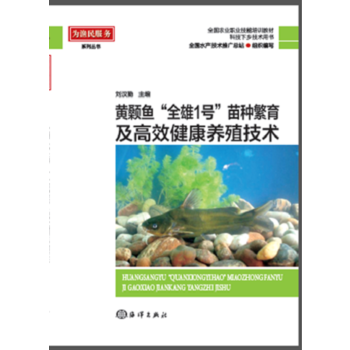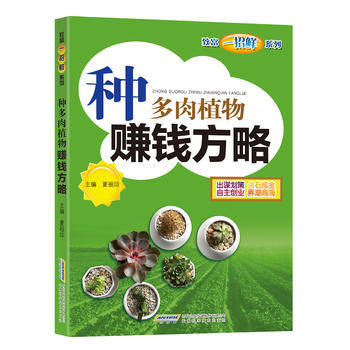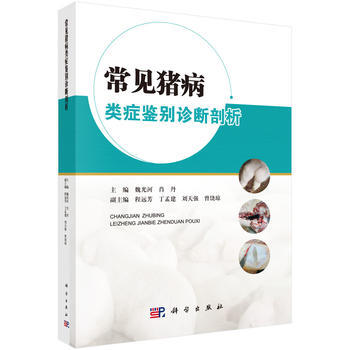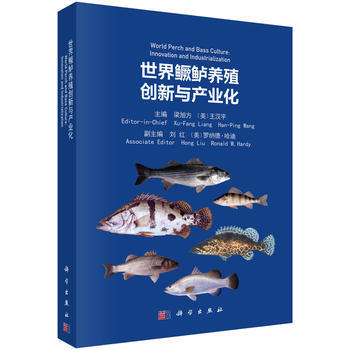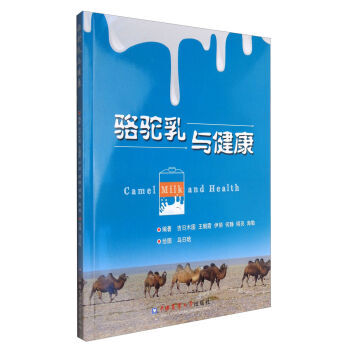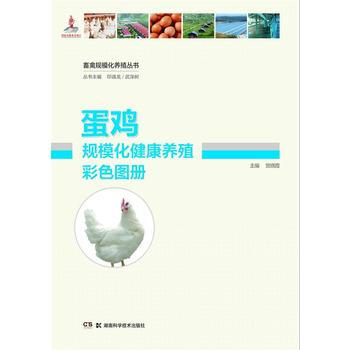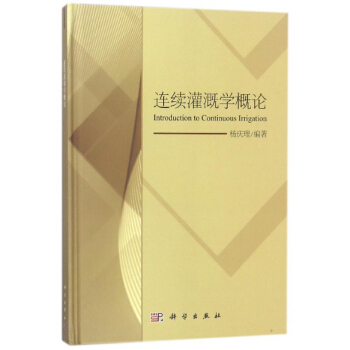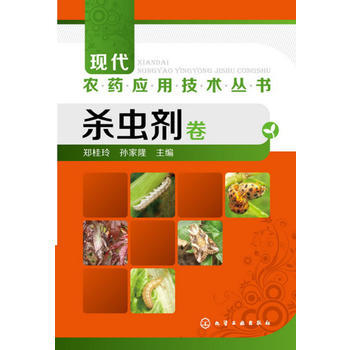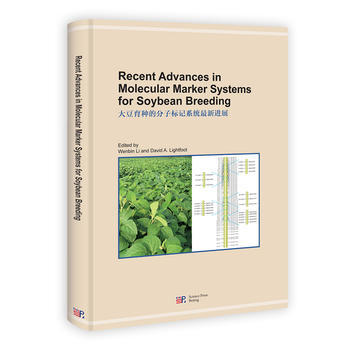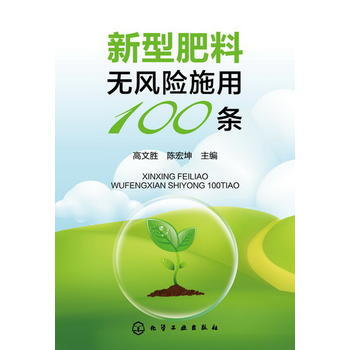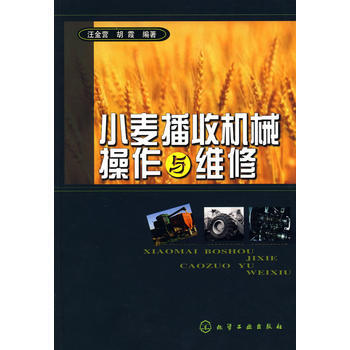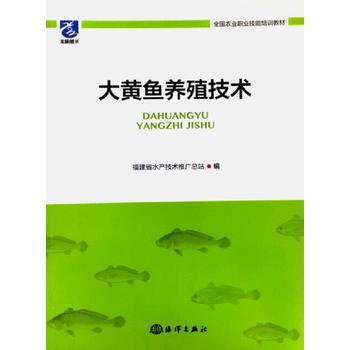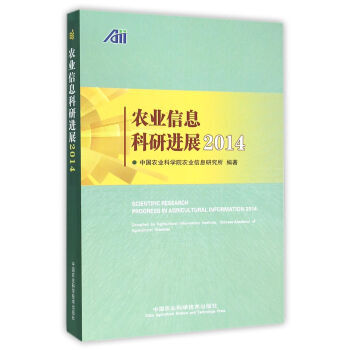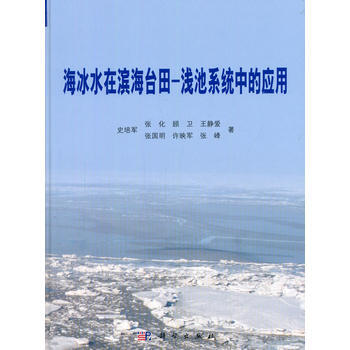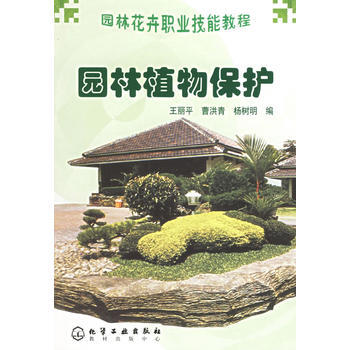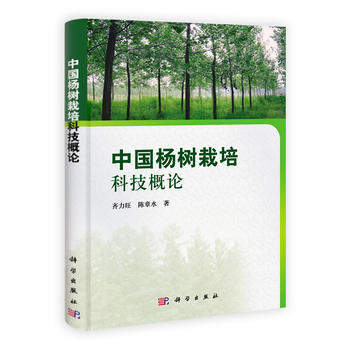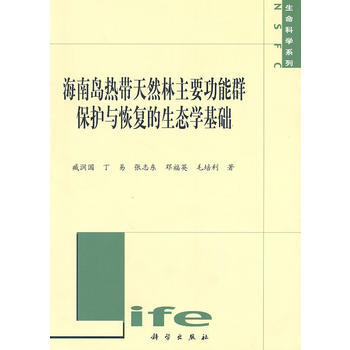具體描述
基本信息
書名:黃顙魚“全雄1號”苗種繁育及高效健康養殖技術
定價:35.00元
作者:劉漢勤
齣版社:海洋齣版社
齣版日期:2016-09-01
ISBN:9787502795481
字數:
頁碼:
版次:1
裝幀:平裝
開本:16開
商品重量:0.4kg
編輯推薦
*章概述瞭黃顙魚生物學特性和黃顙魚“全雄1號”的特點。第二章和第三章介紹瞭黃顙魚“全雄1號”親本培育、人工繁殖、夏花培育等苗種繁育技術,以及工廠化苗種繁育係統的布局設計、工藝流程、關鍵技術和應用效果。第四章和第五章詳細地描述瞭黃顙魚“全雄1號”池塘主養、池塘套養和網箱養殖三種養殖模式和魚病防治方法。第六章列舉瞭湖北、浙江、廣西等養殖區域的黃顙魚“全雄1號 ”養殖實例。
內容提要
本書係統闡述瞭黃顙魚“全雄1號”工廠化苗種繁育技術和池塘高效健康養殖技術。章概述瞭黃顙魚生物學特性和黃顙魚“全雄1號”的特點。第二章和第三章介紹瞭黃顙魚“全雄1號”親本培育、人工繁殖、夏花培育等苗種繁育技術,以及工廠化苗種繁育係統的布局設計、工藝流程、關鍵技術和應用效果。第四章和第五章詳細地描述瞭黃顙魚“全雄1號”池塘主養、池塘套養和網箱養殖三種養殖模式和魚病防治方法。第六章列舉瞭湖北、浙江、廣西等養殖區域的黃顙魚“全雄1號 ”養殖實例。本書旨在促進黃顙魚“全雄1號”苗種繁育技術及成魚養殖技術的推廣應用,可供從事水産行業的生産、管理、銷售、科研和教學人員閱讀參考。
目錄
作者介紹
劉漢勤,中國水産學會生物技術專業委員會委員,《水生態學雜誌》編委;江蘇省第五批“雙創人纔計劃”入選者,武漢東湖新技術開發區第七批“3551光榖人纔計劃”入選者;1985年獲中國科學院水生生物研究所遺傳學碩士學位,1993-1994年英國Aberdeen大學高級訪問學者。主要從事魚類遺傳育種、工廠化繁育和設施漁業等水産技術開發和應用工作。主持過國傢科技攻關、“863”、國傢自然科學基金、公益性行業專項課題、國傢農業科技成果轉化資金項目課題、國傢科技支撐計劃子課題等20多項課題,以及魚類增殖放流站魚類繁育運行管理項目;主持瞭國傢三峽工程後續規劃子專題規劃。發錶論文30餘篇,其中SCI收錄8篇;取得國傢17項,其中8項發明;主持培育齣國傢水産新品種黃顙魚“全雄1號”;主持完成的“全雄黃顙魚的研究”獲得中國水産科學研究院科技進步奬一等奬、長江委科學技術奬一等奬和湖北省科技進步二等奬;2011年被授予首屆CCTV-7農業科技人物“大地之子”榮譽稱號。
文摘
序言
《 aquatic giants: cultivating prosperity through advanced fish farming 》 Foreword The vast and bountiful oceans and intricate network of freshwater systems have long been cornerstones of human sustenance and economic development. Among the myriad of aquatic species that grace these environments, certain fish stand out for their commercial value, ecological importance, and the unique challenges and opportunities they present to aquaculturists. This book delves into the science and practice of advanced aquaculture, focusing on a select group of highly sought-after species. It aims to provide a comprehensive guide for both seasoned professionals and aspiring aquafarmers seeking to optimize production, enhance fish health, and achieve sustainable profitability in an ever-evolving industry. Chapter 1: The Pillars of Modern Aquaculture Modern aquaculture is a complex discipline that blends biological understanding with engineering innovation and sound business management. This chapter lays the groundwork by exploring the fundamental principles that underpin successful fish farming operations. We will examine the critical factors influencing aquacultural success, including water quality parameters – dissolved oxygen, temperature, pH, ammonia, nitrite, and nitrate – and their profound impact on fish physiology and growth. The importance of selecting appropriate culture systems, from extensive ponds to intensive recirculating aquaculture systems (RAS), will be discussed, highlighting the advantages and disadvantages of each in relation to species, environmental conditions, and economic objectives. Furthermore, the chapter will introduce the concept of biosecurity, a cornerstone of preventing disease outbreaks and ensuring the long-term health of farmed populations. Understanding and implementing robust biosecurity protocols, from source water management to waste treatment, is not merely a best practice but a prerequisite for sustainable and responsible aquaculture. Finally, we will touch upon the economic realities of fish farming, including market analysis, cost-benefit considerations, and the crucial role of efficient feed management in achieving profitability. Chapter 2: Species Spotlight: The Versatile Tilapia Tilapia, a group of freshwater fish renowned for their rapid growth, adaptability, and excellent flesh quality, have become a global aquaculture success story. This chapter dedicates itself to unlocking the full potential of tilapia farming. We will embark on a detailed exploration of the various tilapia species commonly farmed, discussing their distinct characteristics, growth rates, and preferred environmental conditions. The intricate process of tilapia reproduction will be dissected, covering breeding techniques, sex determination strategies (such as mono-sex culture, which significantly enhances growth rates and market appeal), and the management of fry and fingerling production. A significant portion of this chapter will be devoted to optimizing feeding strategies for tilapia. This includes understanding their dietary requirements at different life stages, the formulation of cost-effective and nutritionally balanced feeds, and the implementation of feeding regimes that maximize feed conversion ratios (FCRs) while minimizing waste. Disease prevention and management in tilapia culture will also be a key focus, outlining common pathogens and parasites, diagnostic methods, and effective treatment and control strategies that prioritize fish health and minimize the use of antibiotics. The chapter will conclude with an overview of market trends and post-harvest handling practices that ensure the quality and marketability of farmed tilapia. Chapter 3: The Golden Perch: A Deep Dive into a Prized Freshwater Fish The Golden Perch, a native Australian freshwater fish, is highly valued for its firm, white flesh and robust nature, making it an increasingly popular species for aquaculture. This chapter provides an in-depth examination of the cultivation of this prized species. We will delve into the specific breeding requirements of Golden Perch, including understanding their reproductive cycles, the techniques for induced spawning, and the meticulous care needed for egg incubation and larval development. The chapter will then move on to the critical aspects of juvenile grow-out. This includes selecting appropriate culture environments – whether ponds, tanks, or cages – and the challenges and solutions associated with managing water quality to optimize growth and health. Feed management for Golden Perch will be thoroughly discussed, focusing on their nutritional needs at different life stages, the development of specialized feeds, and strategies for efficient feeding that promote rapid growth and good flesh quality. Disease prevention and management specific to Golden Perch will be a central theme, identifying common health issues and outlining integrated approaches to maintaining a healthy stock, emphasizing preventative measures and responsible treatment protocols. Finally, we will explore the market potential of Golden Perch, including strategies for product differentiation and the importance of sustainable harvesting practices. Chapter 4: Sustainable Practices and Environmental Stewardship The future of aquaculture hinges on its ability to operate sustainably, minimizing its environmental footprint while maximizing its contribution to food security. This chapter addresses the critical imperative of integrating ecological principles into every aspect of fish farming. We will examine various approaches to waste management and nutrient cycling, including the use of constructed wetlands, biofiltration systems, and the principles of integrated multi-trophic aquaculture (IMTA), where the waste of one species serves as a nutrient source for another. The responsible use of water resources, including water conservation techniques and strategies for mitigating the impact of effluent discharge, will be a key focus. The chapter will also explore the role of genetics in developing more resilient and efficient aquaculture species, discussing selective breeding programs and the potential of biotechnological advancements in improving fish health and growth. Furthermore, we will delve into the importance of minimizing the use of chemicals and antibiotics, promoting a shift towards preventive healthcare and natural remedies. The chapter will conclude by emphasizing the importance of regulatory compliance, stakeholder engagement, and the development of certification schemes that provide consumers with assurance of sustainably produced seafood. Chapter 5: Navigating the Market and Ensuring Economic Viability Beyond the biological and technical aspects of fish farming, a robust understanding of market dynamics and economic principles is crucial for long-term success. This chapter provides practical guidance on navigating the commercial landscape of the aquaculture industry. We will explore market analysis techniques, including identifying target markets, understanding consumer preferences, and forecasting demand for various species. Strategies for product development and value-addition, such as processing, packaging, and marketing, will be discussed to enhance profitability. The chapter will also delve into financial management, including developing comprehensive business plans, managing operational costs, securing financing, and understanding pricing strategies. Risk management, including strategies for mitigating the impact of market fluctuations, disease outbreaks, and environmental challenges, will be a significant focus. Finally, we will examine the importance of building strong relationships with supply chain partners, from feed suppliers to distributors and retailers, fostering a collaborative approach to ensuring the consistent flow of high-quality products to market. Conclusion The world of aquaculture is dynamic and offers immense potential for those who are willing to embrace scientific innovation, responsible practices, and astute business management. This book has aimed to provide a comprehensive foundation for understanding and implementing advanced techniques in fish farming, focusing on the cultivation of valuable species. By mastering the principles of water quality management, optimizing breeding and feeding strategies, prioritizing fish health, and embracing sustainable practices, aquaculturists can not only achieve significant economic returns but also contribute to a more secure and environmentally conscious global food system. The journey of aquaculture is one of continuous learning and adaptation, and this guide serves as a stepping stone for those dedicated to cultivating prosperity in the waters.
